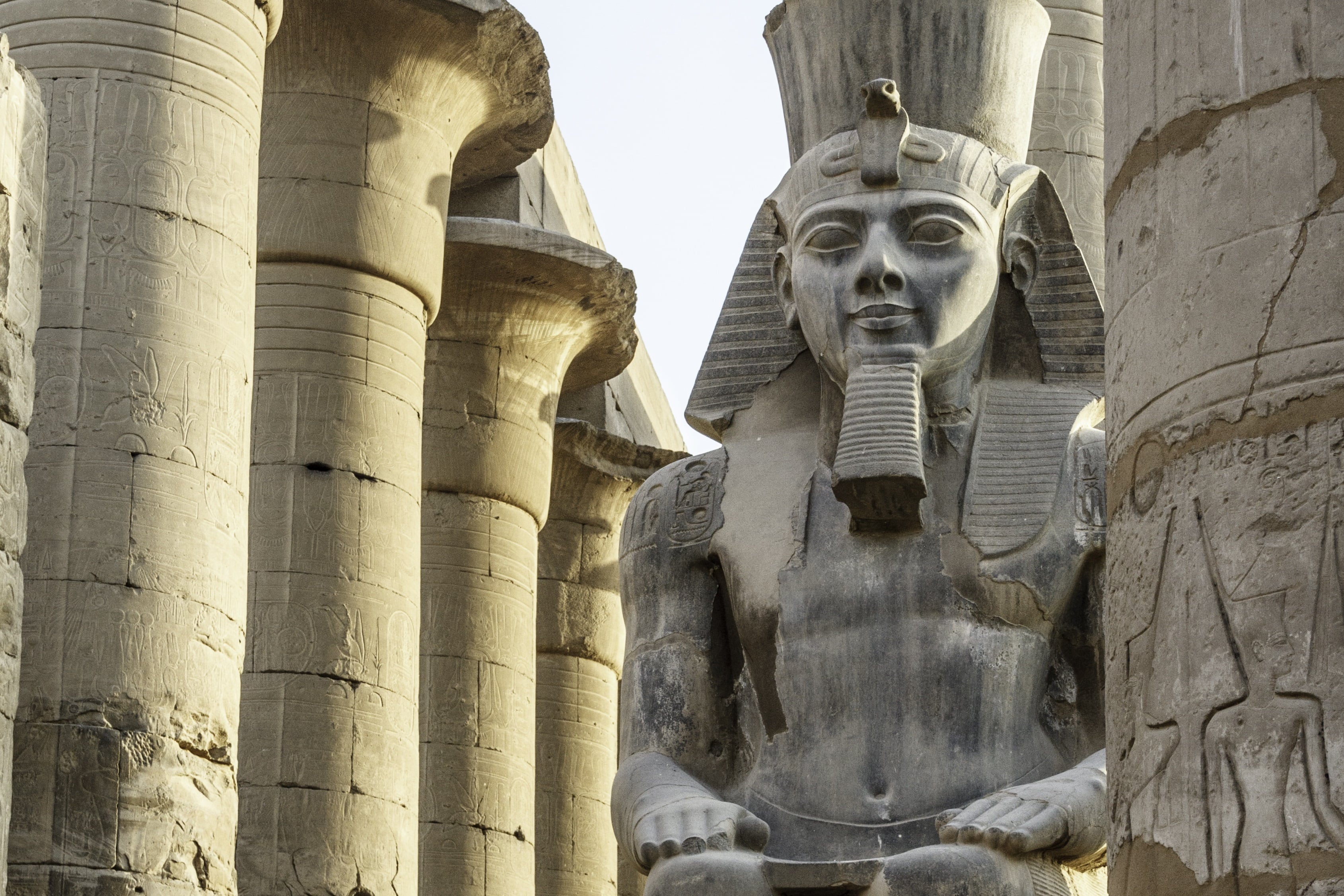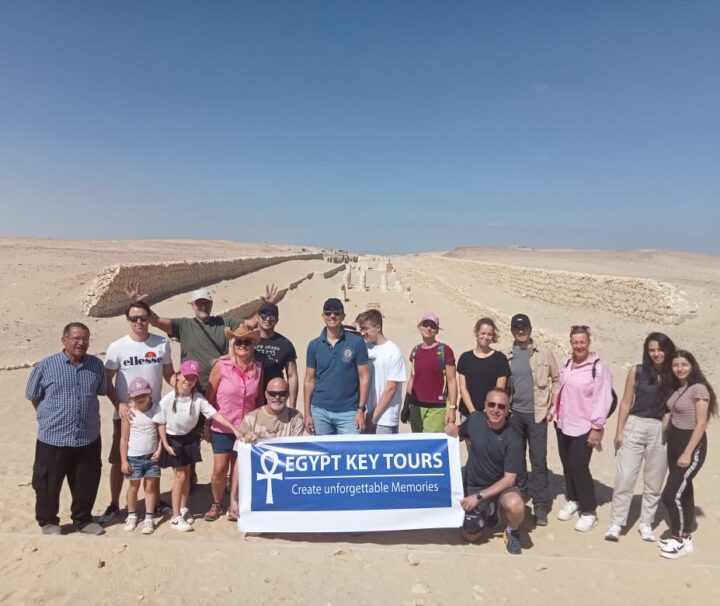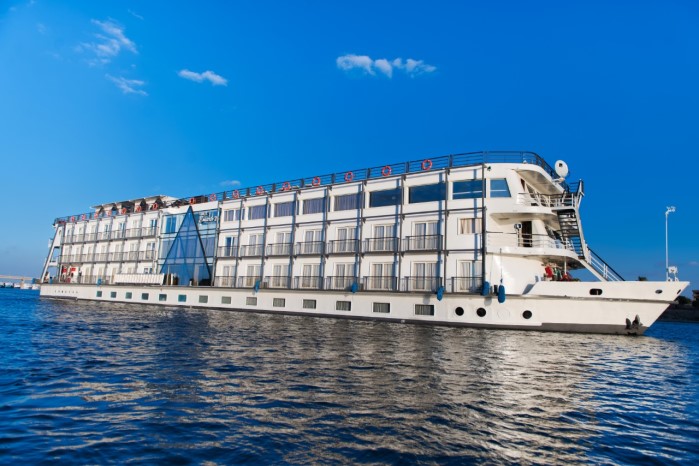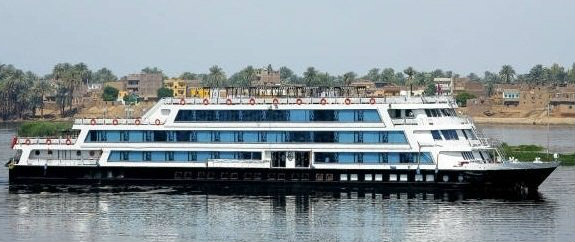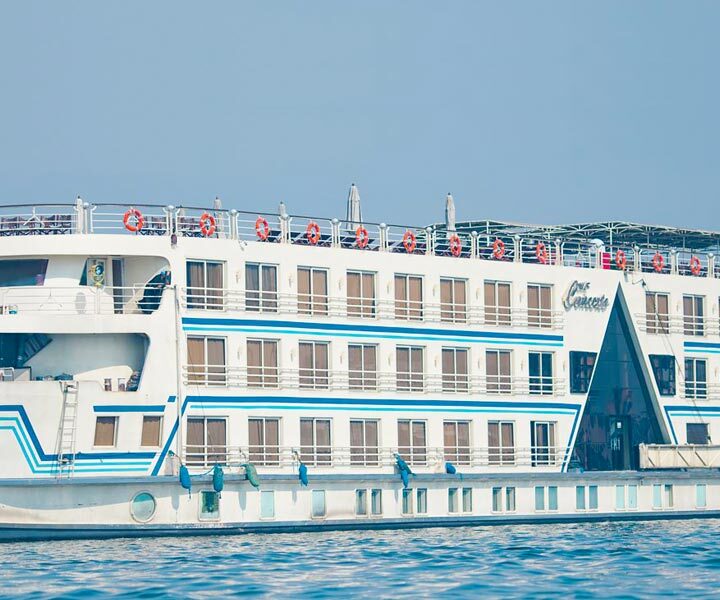LUXOR
It is one of the most popular destinations in Egypt, being one of those places that you must see. Because of this almost every tourist company has an office somewhere in the town.
It has been estimated that Luxor contains about a third of the most valuable monuments and antiquities in the whole world, which makes it one of this planet’s most important tourism sites. Monuments such as The Luxor Temple, Karnak Temple, the Valley of the Kings, the Valley of the Queens, Deir El-Bahri (the Mortuary Temple of Hatshepsut), the workers village at Deir El-Medina, the list goes on and on and on. Though most visitors will stay for just a few days, it would take a substantial amount of time to visit everything in this amazing town.
Once known as Thebes, Luxor’s importance in ancient Egyptian history cannot be denied. It was the religious capital for almost all of the Pharaonic period which is why the town is dominated by the two temples; The Temple of Luxor, and the immense Temple of Karnak; the world’s largest temple complex.
Dedicated to Amun Ra, the Temple of Karnak was constantly expanded by successive pharaohs, each adding his, or her, tribute to the god. The site dates back to the Middle Kingdom under the reign of Mentuhotep (11th Dynasty), but most of what can be seen today is from the New Kingdom. Other parts of the complex include sites dedicated to Mut, the wife of Amun Ra, and their son Khonsu.
Luxor is often called the world’s greatest open-air museum, but that comes nowhere near describing this extraordinary place. Nothing in the world compares to the scale and grandeur of the monuments that have survived from ancient Thebes.
The setting is breathtakingly beautiful, the Nile flowing between the modern city and west-bank necropolis, backed by the enigmatic Theban escarpment. Scattered across the landscape is an embarrassment of riches, from the temples of Karnak and Luxor in the east to the many tombs and temples on the west bank.
At the height of the Ancient Egyptian New Kingdom (1549—1069 BC) its capital, Thebes, was a city of over a million people. The pharaohs that ruled over this kingdom were made wealthy by military successes that expanded their influence south into Nubia, west along the Mediterranean, and east into modern day Syria. This wealth and the huge workforce at their disposal made it possible for the New Kingdom pharaohs to commission great building projects, attempting to immortalize their influence through the buildings they left behind.
Today in Luxor we still admire the efforts of these pharaohs to preserve their legacies in the great temple and funerary complexes that still stand on either side of the Nile at the site of ancient Thebes.

